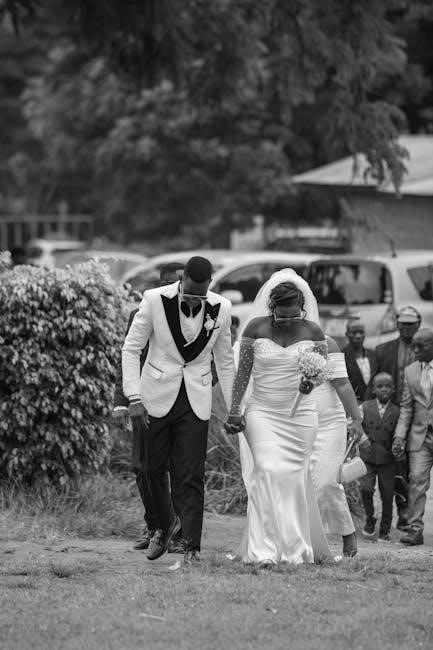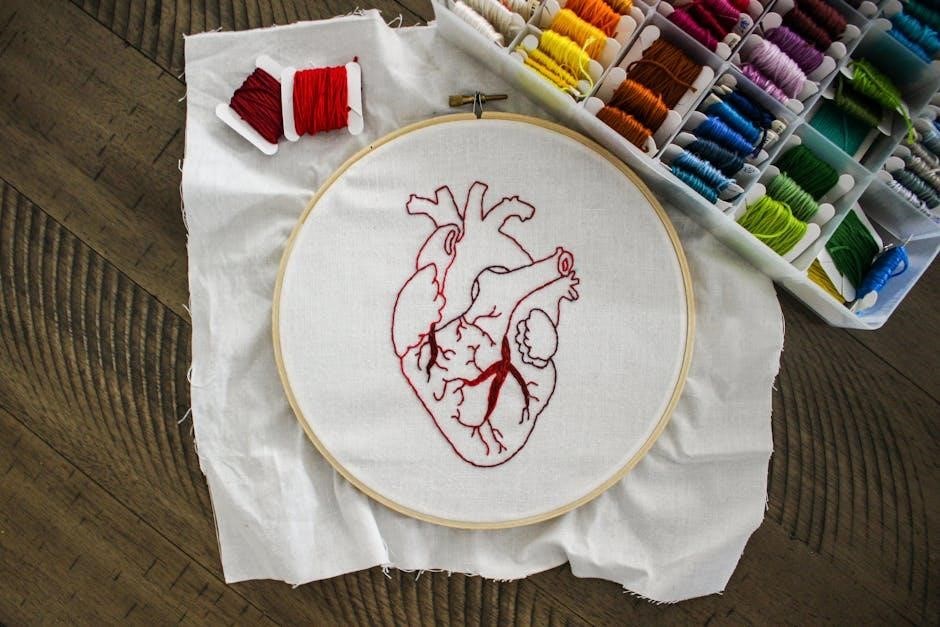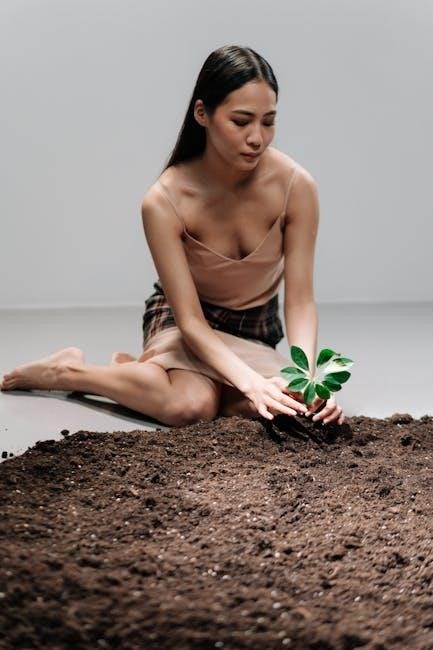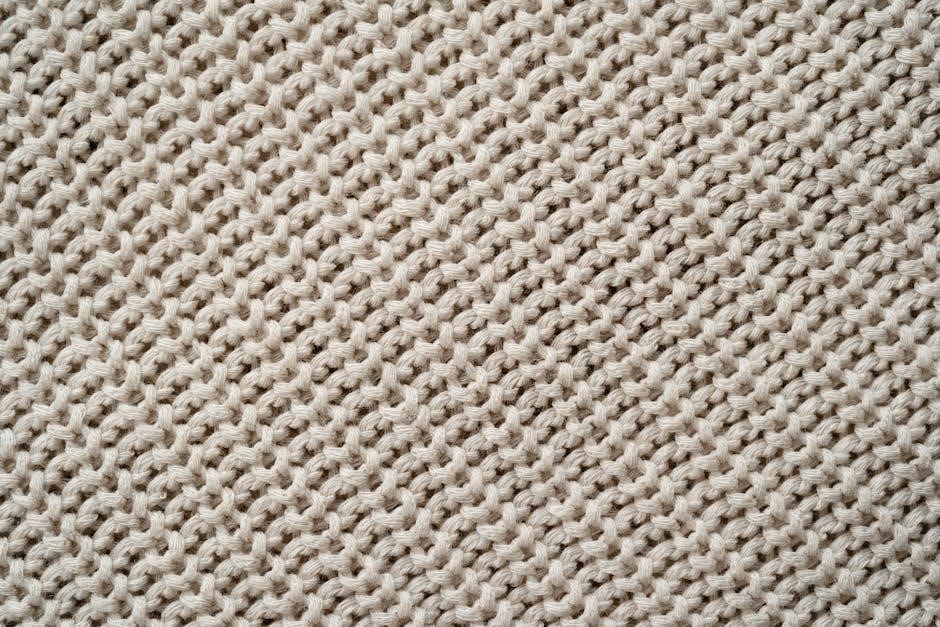Beginning Crochet Tutorials: A Comprehensive Guide
Embark on your crochet journey with our comprehensive guide! This collection provides carefully selected resources to help beginners learn the basics. From understanding essential materials to mastering fundamental stitches, we’ve got you covered. Prepare to unleash your creativity and craft beautiful handmade items with ease.
Welcome to the wonderful world of crochet! If you’re an absolute beginner with no prior experience, you’ve come to the right place. Crochet is a relaxing and rewarding craft that allows you to create beautiful and useful items with just a hook and some yarn. This introduction will guide you through the very basics, setting you up for success on your crochet journey. Forget complex patterns and intimidating techniques for now; we’ll focus on the core principles that will form the foundation of your skills.
We’ll start by explaining what crochet actually is – a process of creating fabric by interlocking loops of yarn, thread, or other materials using a crochet hook. Unlike knitting, which uses two needles, crochet relies on a single hook to pull loops through other loops. This makes it a relatively simple craft to learn, and the possibilities are endless once you grasp the fundamentals.
Throughout this guide, we’ll break down each step into easy-to-follow instructions, complete with clear explanations and helpful tips. We’ll cover everything from holding the hook and yarn to creating basic stitches and reading simple patterns. Get ready to unleash your creativity and discover the joy of crochet!
Essential Materials for Starting Crochet
Before you can begin your crochet adventure, you’ll need to gather a few essential materials. Fortunately, starting crochet doesn’t require a huge investment, and you can find everything you need at most craft stores or online. Having the right tools will make the learning process much smoother and more enjoyable.
First and foremost, you’ll need yarn. For beginners, a medium-weight (worsted weight) acrylic yarn is highly recommended. Acrylic yarn is affordable, easy to work with, and comes in a wide variety of colors. Avoid using very thin or fuzzy yarns at first, as these can be more difficult to manage.
Next, you’ll need a crochet hook. The size of the hook should correspond to the weight of the yarn you’ve chosen. A good starting size for worsted weight yarn is a US size H/8 (5.0 mm) hook. Ergonomic hooks with comfortable handles can be beneficial, especially if you plan on crocheting for extended periods.
You’ll also need a pair of scissors for cutting the yarn, and a yarn needle (also known as a tapestry needle) for weaving in the ends of your finished projects. Optional but helpful items include stitch markers, a measuring tape, and a small project bag to keep everything organized.
Making a Slip Knot: The Foundation of Crochet
The slip knot is the very first step in any crochet project. It’s the foundation upon which all your stitches will be built, so mastering this simple technique is crucial. Don’t worry, it’s quick and easy to learn! Here’s a step-by-step guide to creating the perfect slip knot:

First, hold the yarn in your non-dominant hand and create a loop, ensuring the yarn tail is behind the working yarn (the yarn coming from the ball). Next, insert your crochet hook into the loop from underneath. Use the hook to grab the working yarn and pull it through the loop, creating a new loop on your hook.
Now, gently pull the yarn tail to tighten the knot around the hook. Make sure the knot is snug but not too tight, as you’ll need to be able to move the hook freely. The loop on your hook should be large enough to slide on and off easily.
Congratulations, you’ve made a slip knot! This seemingly small step is the gateway to the wonderful world of crochet. With your slip knot secured, you’re ready to move on to the next essential skill: holding the crochet hook and yarn.
Holding the Crochet Hook and Yarn
Finding a comfortable and efficient way to hold your crochet hook and yarn is essential for a smooth crocheting experience. There isn’t one “right” way; it’s about finding what feels best for you. Experiment with different grips until you discover what allows you to maintain consistent tension and control.
For the crochet hook, many beginners find the “overhand grip” (like holding a knife) or the “pencil grip” most natural. With the overhand grip, your hand wraps around the hook, providing a secure hold. The pencil grip involves holding the hook like a pencil, offering more dexterity for intricate stitches. Try both and see which feels more comfortable and gives you better control.
As for holding the yarn, the goal is to maintain consistent tension without straining your hand. Wrap the yarn around your fingers in your non-dominant hand. Some crocheters wrap it around their pinky, over their index finger, and then use their middle finger to guide the yarn. Others prefer a simpler approach, simply looping it around a finger or two. The key is to keep the yarn flowing smoothly, allowing you to create even stitches.
Remember, practice makes perfect! As you crochet more, your grip will become more natural and comfortable.
Basic Crochet Stitches: Chain Stitch
The chain stitch (often abbreviated as “ch”) is the very foundation of most crochet projects. It’s a simple stitch that creates a base row or a decorative element. Mastering the chain stitch is crucial before moving on to more complex stitches.
To begin, make a slip knot and place it on your crochet hook. Hold the hook in your dominant hand and the yarn in your non-dominant hand. Wrap the yarn over the hook (this is called a yarn over or YO).
Now, pull the yarn through the loop on your hook. This creates your first chain stitch. Repeat the process – yarn over, and pull through the loop – to create a chain of the desired length. Each time you pull the yarn through, a new chain stitch is formed.
It’s important to maintain consistent tension while making chain stitches. If your chains are too tight, it will be difficult to work into them in subsequent rows. If they are too loose, your project may become uneven.
Practice making rows of chain stitches until you feel comfortable with the motion. Try counting your stitches to ensure accuracy. The chain stitch may seem simple, but it’s an essential skill for any crocheter.
Basic Crochet Stitches: Single Crochet (UK Double Crochet)
The single crochet stitch, known as double crochet in UK terminology, is another fundamental stitch for beginner crocheters. It creates a dense, firm fabric, making it ideal for projects like amigurumi, blankets, and sturdy bags. It’s often abbreviated as “sc” in US patterns or “dc” in UK patterns.
To begin, make a slip knot and chain the number of stitches required for your project, plus one extra chain; This extra chain acts as a turning chain.
Insert your hook into the second chain from the hook (the turning chain doesn’t count as a stitch). Yarn over (YO) and pull the yarn through the chain. You should now have two loops on your hook.
Yarn over again and pull the yarn through both loops on your hook. This completes your first single crochet (UK double crochet) stitch. You now have one loop remaining on your hook.
Continue working single crochet stitches into each chain across the row. At the end of the row, chain one (turning chain), and turn your work. Work single crochet stitches into each stitch of the previous row. Practice to achieve even and neat stitches, ensuring consistent tension.
Understanding Crochet Patterns
Deciphering crochet patterns can initially seem daunting, but with a bit of practice, you’ll be reading them like a pro. Crochet patterns use a combination of abbreviations, symbols, and written instructions to guide you through a project. Familiarizing yourself with common abbreviations is the first step.
Abbreviations like “sc” (single crochet), “dc” (double crochet), “ch” (chain), “sl st” (slip stitch), and “inc” (increase) are frequently used. A key or legend is usually provided at the beginning of the pattern, defining all abbreviations used in that specific pattern.
Patterns are typically written row by row or round by round. Each row or round provides instructions for the stitches to be worked in that section. Instructions within parentheses or asterisks often indicate a sequence of stitches to be repeated. For example, “(sc, dc) repeat 5 times” means you should alternate single crochet and double crochet stitches five times.
Gauge is another critical element. It indicates the number of stitches and rows/rounds you should achieve within a specific measurement (e.g., 4 inches). Matching the gauge is crucial for ensuring that your finished project matches the pattern’s intended size.
Crochet Video Tutorials on YouTube for Beginners
YouTube offers a wealth of crochet video tutorials perfect for beginners. These tutorials provide visual demonstrations of techniques, making it easier to grasp the fundamentals. Many channels cater specifically to newcomers, offering step-by-step instructions on everything from holding the hook to creating basic stitches.
When searching for tutorials, look for channels that emphasize clear explanations, close-up shots, and slow-paced demonstrations. Some popular beginner-friendly channels include “Bella Coco Crochet,” “The Crochet Crowd,” and “TL Yarn Crafts.” These channels often provide playlists dedicated to beginner crochet, covering topics like slip knots, chain stitches, single crochet, and double crochet.
Video tutorials are particularly helpful for visualizing complex techniques like the magic ring or intricate stitch patterns. You can pause, rewind, and replay sections as needed, allowing you to learn at your own pace. Many tutorials also include helpful tips and tricks for avoiding common beginner mistakes.

Furthermore, YouTube offers a diverse range of crochet projects suitable for beginners. From simple scarves and blankets to amigurumi and hats, you can find video tutorials that guide you through each step of the process, making it easier to create your first crochet masterpiece.
Easy Crochet Projects for Beginners
Starting with easy crochet projects is a great way for beginners to build confidence and master basic skills. Simple projects allow you to focus on perfecting your stitch technique without being overwhelmed by complex patterns. A classic beginner project is a simple scarf, which only requires knowledge of the chain stitch and single or double crochet.
Another popular choice is a basic dishcloth or washcloth. These projects are small, quick to complete, and provide an opportunity to practice consistent tension. You can also try making a simple granny square, which can be combined to create larger items like blankets or bags.
Hats and headbands are also excellent beginner projects. They typically involve working in the round and using basic increases and decreases. Look for patterns that use only one or two different stitch types to keep things manageable.
When selecting your first projects, choose patterns that are clearly written and include helpful diagrams or video tutorials. Opt for projects that use thicker yarn and a larger hook, as these are easier to handle. Remember to celebrate your accomplishments and enjoy the process of learning to crochet!
The Magic Ring/Circle Technique
The magic ring, also known as the magic circle, is a foundational crochet technique, especially useful for creating seamless, closed rounds in amigurumi and other projects worked in the round. Unlike starting with a chain and joining, the magic ring allows you to cinch the center closed, eliminating the hole that can often form when using traditional methods.
To begin, wrap the yarn around your fingers (typically two) to create a loop. Insert your crochet hook into the loop, yarn over, and pull through to create a new loop on your hook. Chain one to secure the ring. Next, work the required number of stitches for your pattern directly into the ring. Once you’ve completed the stitches, gently pull the yarn tail to tighten the ring, closing the center hole.
The magic ring may feel fiddly at first, but with practice, it becomes a quick and efficient technique. There are numerous video tutorials available online that visually demonstrate each step. Using the magic ring enhances the appearance of your finished projects, providing a professional, polished look; It’s an essential skill for any crocheter looking to create neat and tidy circular pieces.
Tips for Avoiding Common Beginner Mistakes
Embarking on your crochet journey is exciting, but avoiding common pitfalls can significantly improve your experience. One frequent mistake is inconsistent tension. Strive for even tension in each stitch to create uniform fabric. Practice maintaining a relaxed grip on the yarn and hook to achieve this.
Another common issue is miscounting stitches. Always count your stitches at the end of each row or round to ensure accuracy. Using stitch markers can also help you keep track of your place, especially in complex patterns.
Choosing the wrong yarn or hook size can also lead to frustration. Refer to your pattern’s recommendations and consider using a slightly larger hook if your stitches are too tight, or a smaller hook if they are too loose. Additionally, neglecting to weave in ends properly can cause your work to unravel. Securely weave in all loose ends with a yarn needle for a professional finish.
Finally, don’t be afraid to frog (rip out) your work if you make a mistake. Crocheting is about learning, and mistakes are part of the process.
Resources: Crochet Patterns and Ideas

Discover a treasure trove of crochet patterns and ideas to fuel your creativity! Numerous online platforms offer a vast selection of patterns suitable for all skill levels. Websites like Ravelry and LoveCrafts provide both free and paid patterns, allowing you to explore various designs.
For visual inspiration, platforms like Pinterest and Instagram are invaluable resources; Search for specific keywords such as “beginner crochet patterns” or “easy crochet projects” to discover a wealth of images and tutorials. YouTube is another excellent source, with countless video tutorials demonstrating different techniques and projects.
Consider joining online crochet communities and forums where you can connect with fellow crocheters, share your creations, and ask for advice. These communities often feature pattern recommendations and project ideas tailored to beginners. Furthermore, many yarn companies offer free patterns on their websites, providing a great starting point for your crochet journey.
Don’t hesitate to experiment and adapt patterns to suit your preferences. Crochet is a versatile craft, and there are endless possibilities for customization.
Finishing Techniques and Weaving in Ends
Mastering finishing techniques is crucial for creating polished and professional-looking crochet projects. One of the most important aspects is weaving in the ends securely to prevent unraveling. Use a yarn needle to thread the loose ends through the back of your work, following the path of the stitches.
Avoid weaving the ends in a straight line, as this can create a visible ridge. Instead, weave them in different directions to distribute the yarn evenly. For a more secure finish, consider splitting the yarn into two strands and weaving each strand separately.
Another essential finishing technique is blocking, which helps to shape and define your crochet project. Wet blocking involves dampening the finished piece and pinning it to a flat surface until dry. Steam blocking uses the steam from an iron to relax the fibers and set the shape.
Finally, learn how to create neat edges by using slip stitches or single crochet stitches along the borders of your project. This will give your work a clean and professional look.

